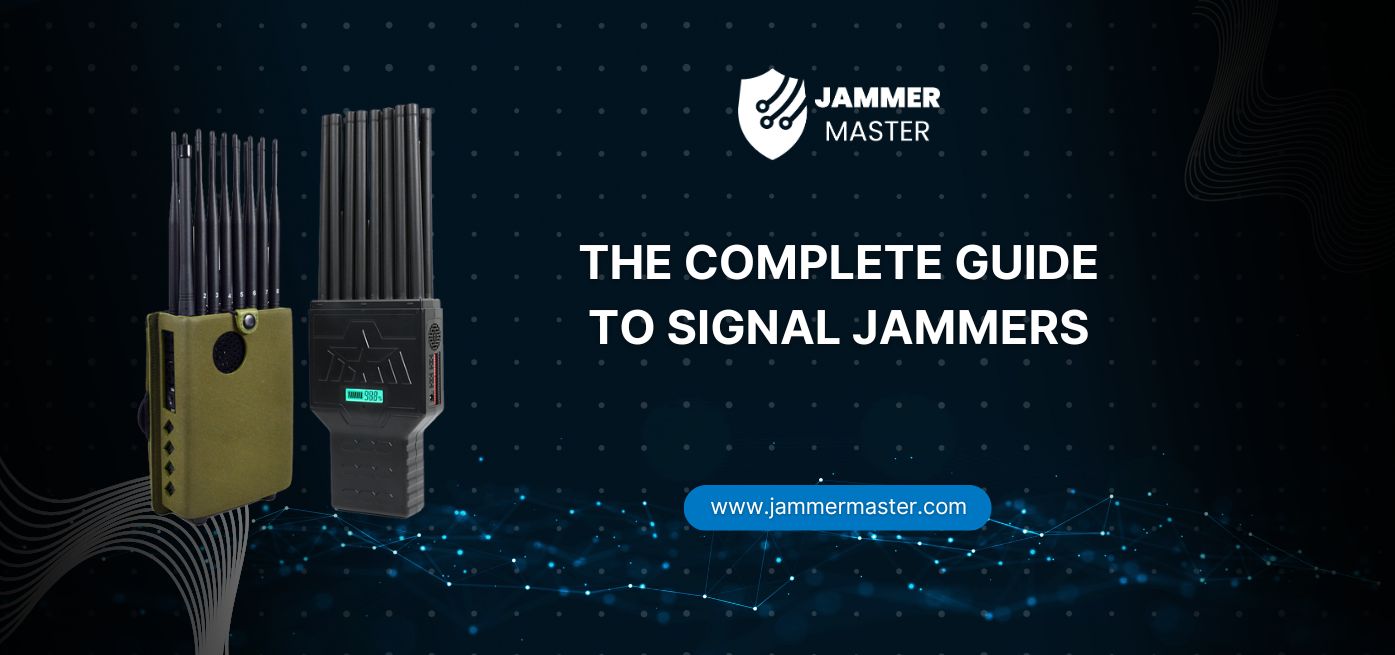
How to Build a GPS Jammer at Your Home
Here’s a step by step guide on how to build your own GPS jammer. Below are the main steps we are going to introduce in

Mobile signal strength plays a crucial role in our daily lives, affecting the quality of our phone calls and internet browsing experiences. However, this signal strength is not constant and varies depending on the location. In this article, we will delve into the concept of mobile signal strength and its impact on meeting room communication. Additionally, we will explore the factors that influence the effectiveness of mobile signal blockers in meeting rooms, with a focus on the SMa-818B5 model.
Mobile signal strength refers to the intensity of the signal emitted by a base station and received by a mobile phone. It is important to note that this signal strength is not consistent across different locations. We have all experienced instances of poor signal reception, resulting in interrupted calls and fluctuating internet speeds. These variations in signal strength are primarily caused by the geographical location and the presence of obstacles such as buildings or natural terrain.
Professionals utilize specialized equipment, such as spectrum analyzers, to measure and analyze various signal parameters. These devices provide detailed information about signal types, spectrum distribution, and signal strength. By understanding these parameters, experts can identify the factors affecting signal strength and devise appropriate solutions to enhance mobile communication in specific areas.
The structure and size of a meeting room also significantly impact the effectiveness of mobile signal blockers. Factors such as the presence of partitions and the overall area of the room play a crucial role in determining the blocking effect of these devices. Mobile signal blockers emit white noise signals at the same frequency as mobile signals. However, when these signals pass through walls, their strength diminishes significantly. In some cases, the signal strength may not be sufficient to block mobile signals within partitioned areas. Similarly, if the meeting room is too large, the signal blocker may not be able to cover the entire space adequately. As the emitted signal weakens with distance, it becomes necessary to adjust the position of the signal blocker or increase the number of devices to supplement the uncovered areas.
One notable mobile signal blocker that can be considered for meeting rooms is the SMa-818B5. This model not only offers an aesthetically pleasing design but also operates silently, making it ideal for use in meeting room environments. Its advanced technology ensures effective signal blocking, providing a conducive communication environment free from mobile distractions.
Understanding mobile signal strength and its variations is crucial for ensuring seamless communication in meeting rooms. Factors such as geographical location, obstacles, and meeting room structure significantly influence the effectiveness of mobile signal blockers. By considering these factors and utilizing advanced models like the SMa-818B5, organizations can create an optimal communication environment within their meeting rooms, enhancing productivity and efficiency.
Our frequency checker tool will help you check all frequency bands used in all country.

Here’s a step by step guide on how to build your own GPS jammer. Below are the main steps we are going to introduce in

In today’s digital age, our lives are more connected than ever before. We rely on our smartphones for communication, entertainment, and information. However, with this

Signal jammers are devices that deliberately transmit signals on the same frequencies as telecommunications and GPS devices, such as mobile phones, GPS trackers, and even

Understanding Signal Blocker: How It Works and Its Applications Signal Blockers are devices that can disrupt mobile phone signals, preventing them from connecting to base

The Application and Benefits of High-Power Signal Jammers Enhancing Signal Blocking Efficiency in Various Environments In today’s technologically advanced world, the need for effective signal

Considerations for Purchasing Exam Room Signal Jammers Ensuring Effective Signal Jamming for Exam Integrity As the year approaches its end, many schools are preparing for

The Importance of Monitoring and Signal Interference Measures During Examinations During examination periods, it is crucial to closely monitor the examination venues and their surrounding

Selecting the Appropriate Cell Phone Jammer for Theaters and Auditoriums Overcoming Challenges in Installation and Maximizing Signal Disruption The Importance of Cell Phone Jamming in

Remote Control of Cell Phone Jammers via Smartphone: A Possibility? With the rapid development of the Internet of Things (IoT), numerous smart home devices have

Supplying high quality signal jamming devices since 2010. The only jammer store you can trust.
Jammer Master © 2024. Premium Signal Jammer Supplier Since 2010.